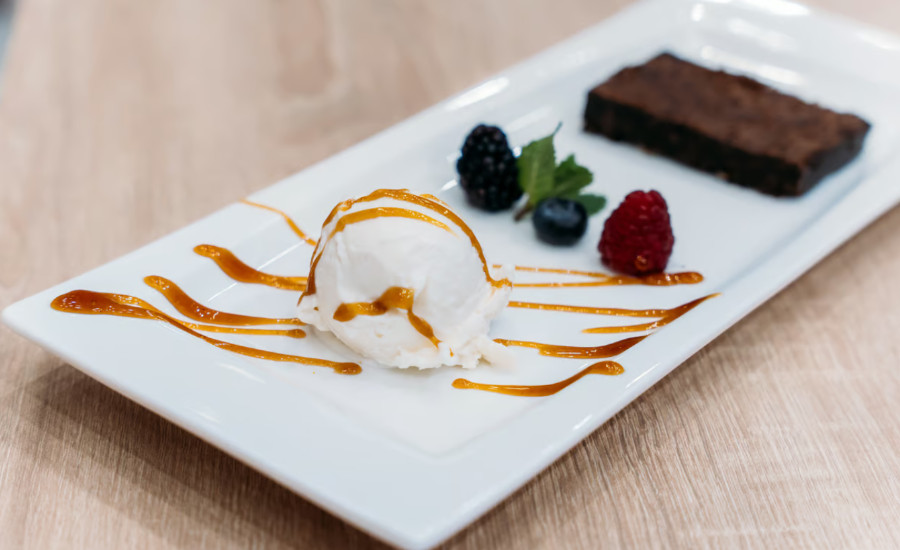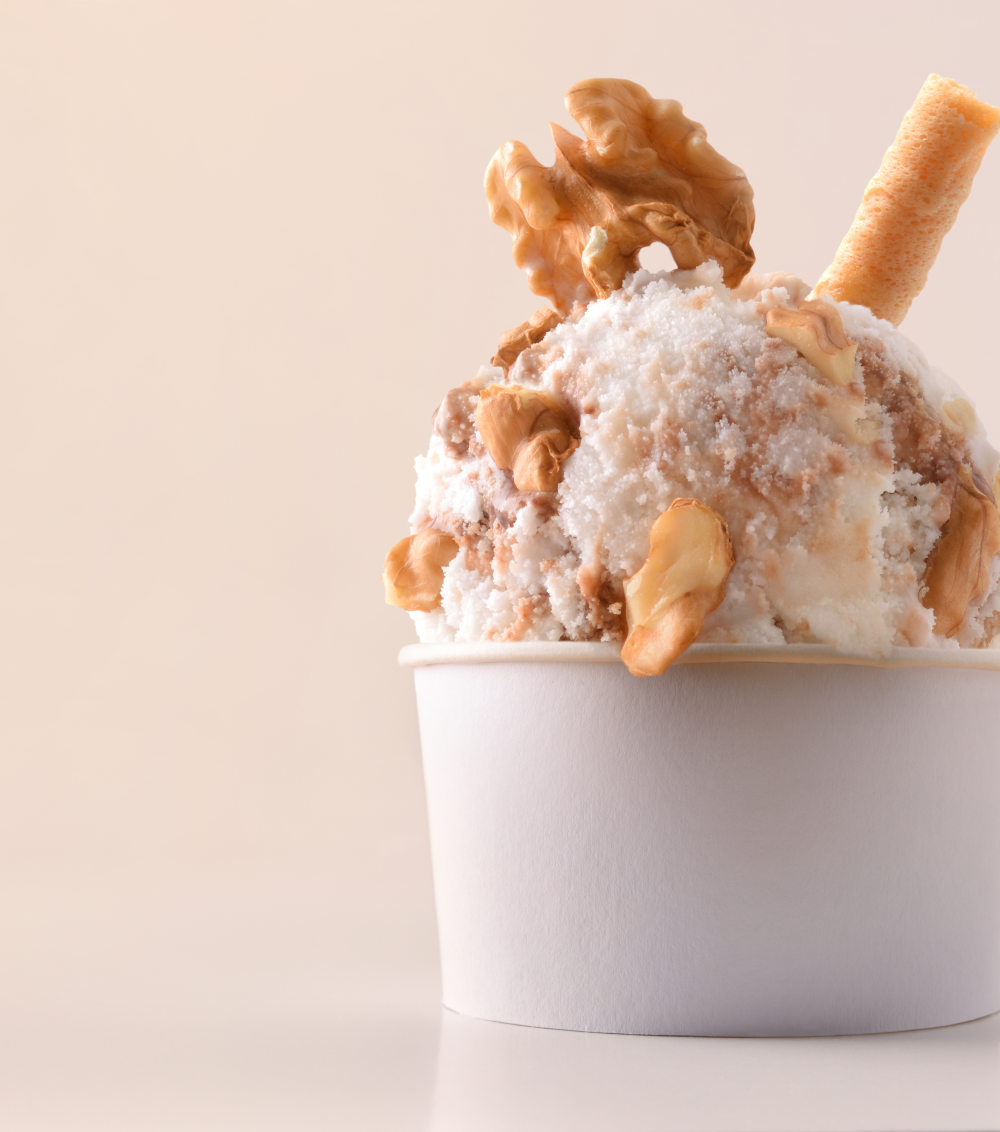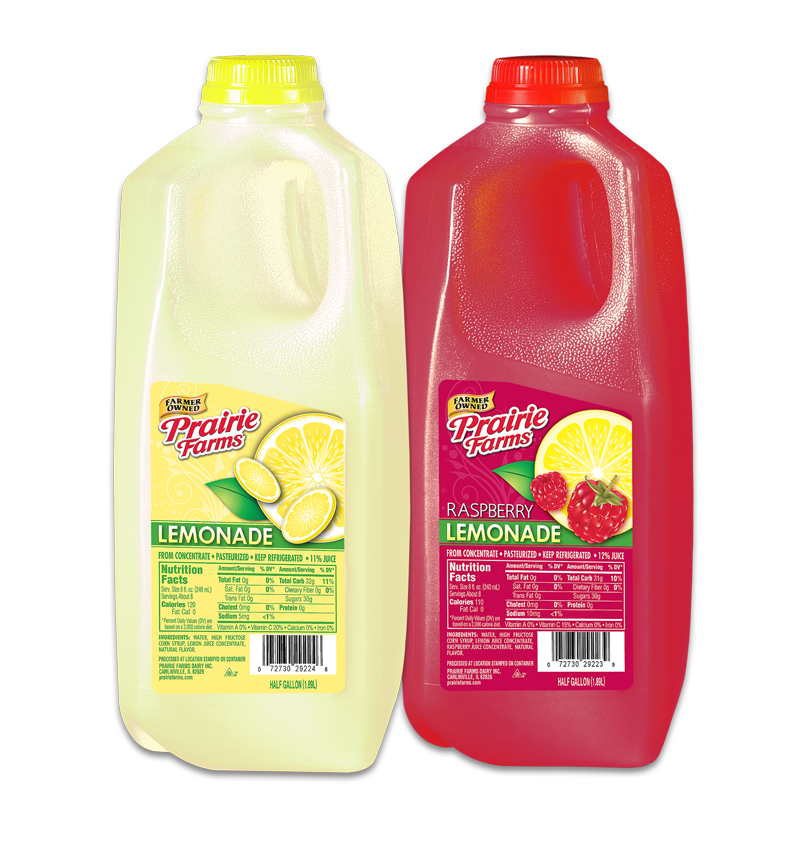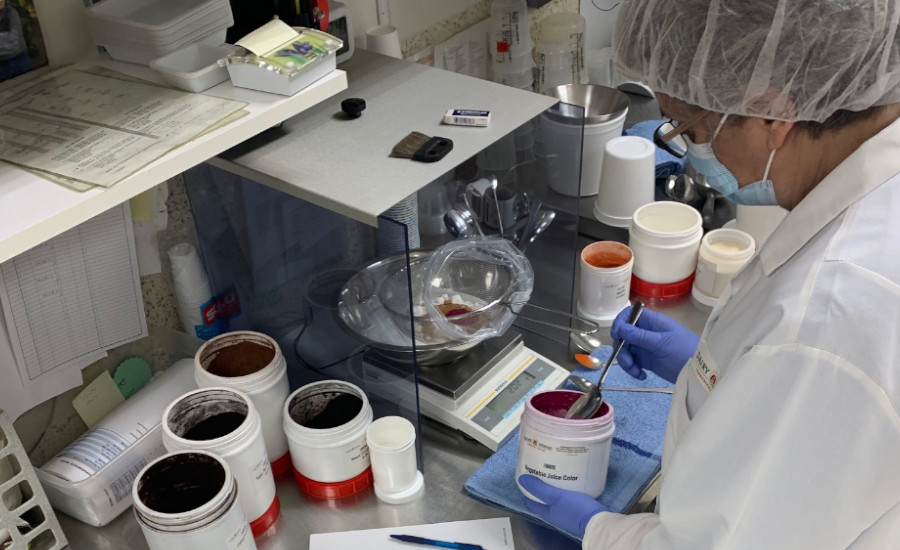Flavors are the spice of life. Despite tremendous advances regarding taste in better-for-you dairy products, consumers still have to desire to purchase the item. That is what makes flavoring so important.
Tom Newmaster, founder and partner at Lancaster, Pa.-based FORCEpkg, recently cited the following as 2023’s biggest flavor trends.
- Easing cooking fatigue: Overall, people are tired of cooking at home after the pandemic, but the recent economic downturn has kept them there. Infusing flavors, like guajillo pepper, wasabi, maple, pesto, caramelized onion, and black truffle into dairy products like butter, yogurt, and milk during cooking can save time and elevate dishes.
- ‘Tis the season: Seasonal offerings act as a litmus test for how customers might respond to adopting new, unique flavors during other year parts. Tried-and-true sweet dairy flavors will persist in 2023, with new sweet flavors like cinnamon sugar and snickerdoodle popping up. Savory flavors like dill, garlic, and spicy will dominate.
- Getting the flavor game right: Over the past decade, dairy-based coffee creamers have set the tone for unique and innovative methods for flavoring coffee and tea. Now, other dairy products are looking to creamers for innovation with flavors that border on whimsical and accessible mood boosting.
- Reclaiming dairy’s functional identity: Remember the tagline “it does a body good?” It’s time for milk and other dairy products to reclaim this crown, as it’s still the most nutritive of all dairy types. Overall, consumers now prefer to learn the functional qualities over a product’s ingredients.
- Say flavored cheese: While cheese is the leading dairy category consumed, non-dairy alternatives are miles behind in flavor, texture, and popularity. Now, the onus is on dairy cheese to continue innovating to keep shoppers engaged. More adventurous shoppers are looking for flavors like lavender, pizza, coffee, and chili pepper/cheese infusions.

Savor the flavors
To take a deeper dive, Dairy Foods reached out to several suppliers to get more “flavor” on the topic. According to James Bruce, executive vice president, sales, Dallas-based Pecan Deluxe Candy Co., Gen Alpha, Gen Z, and millennials are driving today’s purchase decisions in the cultured and frozen dairy sections today. These demographics seek cool and eclectic flavors to be the first to create an Instagram post.
“Increasing technological advances and speed will be reflected in their choices for years to come,” he stresses. “If dairy manufacturers do not tap into this trend, they will be left behind.”
In addition to savory flavors, An Ho, director of food science and production innovation, Fenton, Mo.-based International Food Products Inc. (IFPC), also cited fruit flavors like strawberry, blueberry, and raspberry continuing to be top sellers in yogurt, cheese, milk, and ice cream.
Specific popular fruit flavors include tangerine, pear, and apricot, which are surging in drinkable dairy launches. Also, there is notable innovation with profiles associated with “decadence,” such as honey, vanilla, and chocolate, adds Rebecca Shurhay, senior marketing specialist, Flavorchem, Downers Grove, Ill.
“Dessert-inspired flavors from Latin America; dulce de leche, churro, and tres leches are becoming more popular among frozen novelty launches,” she states.
Another ongoing flavor trend, according to Ho, are what the flavor industry calls “brown flavors.” They reflect unique and traditional tastes, like sea salt caramel, bourbon vanilla, and toasted coconut. These type of flavors provide a sophisticated and high-quality taste profile appealing to picky consumers.
“Spiced flavors like cinnamon, nutmeg, and ginger are becoming more popular in dairy products. These flavors provide warmth and coziness for the colder months,” Ho says. “Pumpkin complements these notes.”
Although processing exciting new flavors can always be a goal, ice cream and frozen novelties trends also favor nostalgic and sophisticated, notes Jennifer Zhou, global director of product marketing, flavors, Chicago-based ADM. She cited FMCG Gurus, Flavor, Color & Texture Trends, 2021 data that globally, 74% of consumers say they like to see new and unusual flavors in food and drink products. However, at the same time, 68% of global consumers find nostalgic flavors appealing within the food market.
“Harkening back to treasured memories of the favorite flavors of youth, we see flavors like campfire peanut butter cup ice cream and butter cookie ice cream cones,” Zhou says. “Co-branding with popular brands and/or flavors also inspires thoughts of easier times that can bring consumers a self-care moment. We also see consumers doubling down on quality, sourcing, and unique experiences, such as elevating simple coffee-flavored ice cream to cold brew ice cream.”
Pecan Deluxe has seen demand for both traditional and trendy. “Trendy is eye-catching and gets consumers to try the products at least once, but classic traditional flavors always reign at the top of the most purchased items,” states Paula Simons, the company’s research and development manager. “A win-win would be to pair traditional and trendy in one build.”
The perfect pairing

With today’s hottest flavor trends revealed, the next step is for dairy processors to differentiate themselves from the competition. Flavor intensity, flavor pairings, or a “signature taste profile,” such as flavor blends, can significantly enhance dairy product lines.
This is not always an easy task. Sensory analysis can test products to get feedback on the flavor intensity and taste profile. This can help refine the formula and improve the overall taste of the products, IFPC’s Ho suggests.
“Promote these signature flavors through marketing campaigns and emphasize what makes this blend unique from what is already on the market,” Ho maintains. “Dairy processors can incorporate flavor intensity, flavor pairing, or signature taste profile to enhance their product line and be noticeable.”
Applications expertise can help adjust flavor usage levels to deliver desired intensity across different dairy fat levels or plant bases, relays Kelsey Cheadle, senior applications scientist, Kalamazoo, Mich.-based FlavorSum. She suggests a balanced flavor system, with no one note more prominent than another, is essential to meeting taste expectations.
“Ideally, developers will have distinctive, but complementary flavors in the product base, inclusions, and any fruit prep or variegates,” Cheadle states. “The goal is creating a complex eating experience that offers the tastes of multiple components.”
Everything “natural” is all the rage, adds Ryan Neeb, director of Osage Flavors, Washington, Mo., noting natural flavors can do an incredible job at enhancing intensity at a relatively low cost.
“When natural flavors are paired with dehydrated fruit or vegetable powders, processors can find a perfect balance between cost, quality, and conviction,” he says.
Above all, it’s a fun and collaborative process to find the right pairing, Tim White, vice president of sales and marketing at Rocket Products Inc., Fenton Mo., says, referring specifically to lemonade and flavored lemonade. He cites Prairie Farms lemonade as exemplary with its success of its Prairie Raspberry Lemonade.
“It’s beautifully red in color and also contains a red label, making it stand out on the shelf,” he says. “The key takeaway is to offer a consistently nice flavor, strong color, and proper lid color for shelf presence, as that presence will make or break the success [of a product]. Once they try [it], consumers will repeat [their purchase].”
Incorporating health benefits
There is perhaps nothing more important than taste, but today’s consumers are more discerning than ever before. They often seek health benefits in the products they consume, providing a more difficult challenge for dairy processors.
Fortunately, more and more products are allowing consumers to have their cake — or dairy product — and eat it too.
Probiotics, live bacteria that can help promote digestive health and boost the immune system, are extremely popular additions to dairy products, as are superfoods like blueberries, acai, and pomegranate, because of their high levels of antioxidants, vitamins, and minerals.
Adding praline or coated grains and puffs can both enhance a product and provide a health halo, suggests Smokey Waters, chef, and director of culinary innovation, Pecan Deluxe.
“Think along the lines of a praline quinoa granola cluster in a cinnamon confectionary coating. It not only adds flavor and texture but makes you feel healthy due to the better-for-you connotation around quinoa,” Waters says.

Products with less sugar are also popular. “Flavors that complement lower sugar like cinnamon, vanilla and fruit flavors work with low-sugar dairy products,” IFPC’s Ho reveals. “There are natural flavors that can enhance a sweet perception for things like chocolate and brown notes.”
Plant-based dairy alternatives like almond, coconut, and oat milk are becoming more popular as consumers look for dairy products that are lower in fat and calories, Ho adds.
However, one potential challenge regarding reduced-sugar products is manufacturers may need to counter increased acidity in the formulation, which impacts taste and texture.
“Specifically for plant-forward dairy alternatives, TasteSpark Masking technology can minimize potential off-notes from soy, pea, chickpea, and other plant-based ingredients,” states Sudarshan Nadathur, chief flavorist, dairy and protein, ADM. “Additionally, Stabrium Hydrocolloid Solutions 100 and 200 are designed to support clean-label targets in dairy alternatives, adding a full-bodied texture to yogurts, smoothies, and frozen treats.”
White maintains lemonade is a healthy option, especially compared to soda. “Just read the label: water, sugar, concentrated lemon juice, other natural flavor. Then compare that to [soda]. Lemonade wins,” he asserts.
Consumers “want it all”
In a May 2022 Dairy Foods story, Smaro Kokkinidou, principal food scientist for Cargill, a Minneapolis-based ingredient provider, revealed that consumers “want it all” regarding flavor profiles.

Kokkinidou again stressed this claim this year, meaning dairy processors must continue to be on their toes.
“Consumers want health functionality, reduced sugar and calories, and a great taste, and though challenging, it is definitely possible to deliver on all those expectations. With these complex formulations, partnering with the right suppliers and taking full advantage of their internal expertise can be game changing for dairy processors,” Kokkinidou says.
When it comes to flavors, there are three factors to keep in mind: the sweetener system, the flavor modifier, and the flavor profile, Cargill’s principal food scientist adds.
“Brands need to get these right, because the stakes are high. Taste is the single biggest factor impacting repeat purchase,” Kokkinidou notes. “By incorporating the right flavor modification tools and sweetener blends, formulators can address issues associated with functional ingredients and support sugar reduction while maintaining a neutral base.”
Consumers also want health benefits while not paying increased prices. Developing flavor profiles that meet consumer demand while also being cost-effective is “tricky,” IFPC’s Ho acknowledges, stating keeping costs down is a balance among quality, ingredient costs, and production efficiencies.
One approach to developing cost-effective flavor profiles is to use a combination of natural and artificial flavorings.
“Natural flavors are typically more expensive than artificial flavors, but they can provide a higher level of authenticity and nutritional value. Artificial flavors, on the other hand, are less expensive but can provide a less authentic taste profile,” Ho says. “Another approach is to optimize production processes to reduce costs like advanced mixing and blending techniques to ensure consistent flavor profiles and reduce waste.”
For brands striving to achieve the trifecta of taste, labeling, and cost, FlavorSum recommends exploring ways to create development efficiencies that might impact a budget.
“For example, let’s say you want to use a specific flavor profile with natural labeling. One way to create production efficiencies would be to explore a higher intensity flavor that can be used at a lower usage rate,” Cheadle says. “Many flavors are available in a more concentrated form, which allows producers to decrease usage rates, creating more productivity with storage and handling.”
Despite “want-it-all” consumer desires, product formulation is tricky. Some things may be impossible.
“It’s easy to want to formulate a product that will do everything short of saving your life, while making it taste like a milkshake,” Osage Flavor’s Neeb stresses. “The reality is it will never make it off the formulator’s bench, since it will be cost prohibitive. This is where balance becomes extremely important.”
Pecan Deluxe’s Bruce holds a similar sentiment, asserting that dairy processors can’t be everything to everyone.
“Stay in your lane and be very good at what you do. Execute the highest quality on dairy products. Customers will repeat purchase and you will win,” he concludes. “Trying to be plant-based and dairy at the same time is a recipe for pain. Be the very best in your field by having a pinpointed, focused vision.”




